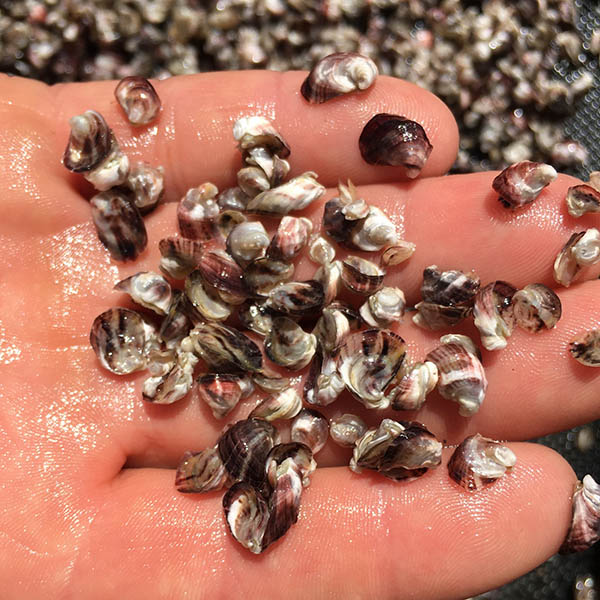
The reason for this difference is not yet known. This contradicts Tzilkowski and other previous research. The affect that weather conditions has on urea was analyzed and an inverse relationship between air temperature and urea was observed. Urea concentration decreased from upstream sampling points to downstream. A direct relationship between wetland area coverage and urea concentration was found to occur in both 2019 (R 2=0.7) and 2010 (R2=0.4). Changes in urea concentration in relation to land use were analyzed using current urea values and values found in 2010. Tzilkowski et al, 2019, previously conducted a water quality study of the Manokin from 2010-2011. To monitor urea’s current presence and general movement in the watershed, water samples were collected from 14 sites encompassing the Manokin. The Manokin River drains into the Tangier Sound of the Chesapeake Bay, which currently has a TMDL of a 25% reduction in nitrogen. Chemical fertilizers and poultry litter contain high amounts and may serve as sources of urea. Some algal species prefer urea as a nitrogen source since urea provides both organic carbon and nitrogen. It is widely agreed upon that nutrient pollution leads to harmful algal blooms. Urea Concentration Dynamics in Relation to Land Use and Weather in the Manokin River Watershed Georgie Alvis ( C-StREAM Fellow) Virginia Polytechnic Institute and State University The research data shows Vibrio parahaemolyticus was the most abundant species in all samples. The overall objective was to see if there is a change in the microbial community between two sites in the canal (mouth, and end) and the open water. Triplicate samples were processed and identified using the BIOLOG Microbial Protocol. Samples of surface and bottom water, sediment, and Ctenophores were collected at each site. The bacterial diversity was characterized and compared at three different sites: the end of the canal, the mouth, and open water. Pathogenic waterborne bacteria can enter the water through inadequately treated sewage, stormwater drains, septic systems, runoff, and human recreational activities. These circumstances lead to accumulation of pollution, organic materials, and sediments at the bottom of the canal, accelerated eutrophication, and potentially adverse effects on human populations. Dead-end canals do not normally have sufficient water circulation, resulting in insufficient flushing and water turnover. These channels were made to furnish residents easy access to the water but have become an environmental and human health concern. Maggie Sexton and Dr. Maryam TaabodiĬharacterizing Bacterial Communities within a Dead-End Canal in the Maryland Coastal Baysĭead-end canals are stagnant, shallow, man-made waterways seen throughout the Maryland Coastal Bays. Future changes in biofouling community composition can be used to indicate changes in water quality or climate.įaculty Mentors: Dr. Although not abundant, Oyster spat or spat scars were more abundant at site P2 (30) than at site P3 (11).


Cluster analysis showed that the biofouling communities at the two sites were distinct, and settlement was greater on the vertical plates than on the horizontal plates. Although we found over 20 organisms between both sites, we focused our analysis on the five most prevalent species: Barnacles (BA), Branching Bryozoans (BB), Lacy Bryozoans (BR), Worm Tubes (WT) and a Round Encrusted Bryozoan (RT). Plates were replaced and organisms counted after two weeks and 4 weeks.

At each site we suspended 72 PVC settlement plates in either horizontal (36) or vertical (36) orientation in wire cages. We examined two sites (P2 and P3) in the Maryland Coastal Bays near Assateague Island. Each organism found in the community needs different water quality conditions to survive. As a community, they are used to assess ecological processes such as invasion resistance, predation and competition. Assessment and comparison of the biofouling communities in the Maryland Coastal BaysĪ biofouling community is a group of organisms that attaches to a substrate, such as piers, bottoms of boats, marinas and docks.


 0 kommentar(er)
0 kommentar(er)
